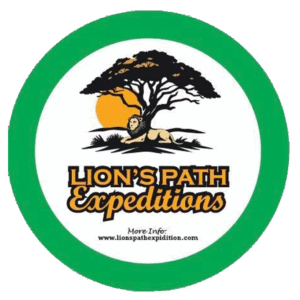Ngorongoro Conservation Area

Welcome to Ngorongoro Conservation Area
The Ngorongoro Conservation Area Authority (NCAA) is a well-established wildlife management entity under the Tanzanian government, dedicated to managing the Ngorongoro Conservation Area (also known as NCA) and conserving its stately-natural splendor while striving to make it the world’s top tourism destination – Your best option for a future holiday is the Ngorongoro Conservation Area.
Ngorongoro Conservation Area is in northern Tanzania. It’s home to the vast, volcanic Ngorongoro Crater and “big 5” game (elephant, lion, leopard, buffalo, rhino).
The Ngorongoro Conservation Area (NCA) was once a part of the Serengeti National Park, which was established under the National Park Ordinance of 1948 and implemented in 1951 for the purpose of preserving its natural geographical and ecological make-up. In 1959, the two National Parks were split into two designated Protected Areas, with varied outstanding universal values and conservational statuses.
As one of Africa’s Seven Natural Wonders, NCA was universally recognized as a UNESCO World Heritage in 1979 under the natural and cultural criteria owing to its global importance for biodiversity conservation having demonstrated by the existence of globally threatened species, the density of wildlife inhabiting the area, and the annual migration of wildebeest, zebras, gazelles, and other wild animals into the northern plains. Its cultural recognition stemming from an exceptionally long sequence of crucial evidence related to human evolution and human-environment dynamics. Due to its exceptionally long sequence of this crucial evidence, spanning nearly four million years to the beginning of this era, including physical evidence of the most important benchmark in human evolutionary development, NCA’s global identity is fairly justified.
At its inception, the Ngorongoro Conservation Area was primarily established as a multi-land use area, where wildlife could co-exist with the most dominant semi-nomadic Maasai residents, who always move from one place to another in search of water and pasture for their livestock.
Ngorongoro Attractions:
1. Lake Magadi
There are so many memorable places to visit on nature vacation in Tanzania. Within the Ngorongoro Crater itself, Lake Magadi, shallow, azure blue, fiercely alkaline from sodium carbonate, is fringed by hundreds of long-legged pink flamingos. Most are lesser flamingos, distinguished by their dark red bills, which eat blue-green spirulina algae. But there are also many greater flamingos with black-tipped pink bills, slightly bent to facilitate sifting shellfish from the rich bottom mud.
The lake shrinks noticeably in the dry season, leaving thick, crystalline salt pans used as licks by jackals, hyena and other animals to supplement their diet. Outside the Ngorongoro Crater (view map), but still within the Ngorongoro Conservation Area, are many other regions well worth visiting on your tour of Tanzania.
2. Lerai Fever Tree Forest
The Lerai Fever Tree Forest, which consists of tall, slim yellow barked acacias forming an airy, lace-canopied wonderland of glades, is much frequented by elephant, rhino, eland, bushbuck, hyrax, and hundreds of birds. These foliage are the preferred food of the rare, black rhinoceros, but the old forest is regenerating slowly, because of damage by elephants, which tear off whole branches rather than merely grazing.
However, seedlings are spreading through the Gorigor Swamps, home to hippopotamus and wading birds, and favored drinking place of thousands of ungulates during the dry season. A younger Fever Tree forest is now forming new groves at the base of the Ngoitokitok Springs, home ground of the famous Tokitok pride of lions, film and television personalities in their own right.
3. Olduvai Gorge and Laetoli
Lake Ndutu and Lake Masek are also on the migratory route in the Rift Valley, not far from Olduvai Gorge, where the ancestors of mankind began the journey towards civilization, with the fabrication of the earliest tools and the building of the first human settlements. At Laetoli, hominid footprints of our genetic ancestors and their relatives, have been found in sedimentary rock of 3.7 million years old.
No Tanzanian safari would be complete without a guided tour of the excavations and modest paleoanthropological museum at Olduvai where you can also see evolutionary fossils. But we are their descendants, and in making our mother tour of Africa, we are returning to our ancestral home.
4. Shifting Sands
Ash from Ol Dionyo has formed Shifting Sands - a black dune of moving sand hundred meters in length, and nine meters high, which ingeniously moves slowly across the plains at a rate of 15 meters every year.
5. Olmoti Crater and Empakaai Crater
Your Ngorongoro safari with AfricanMecca holds endless riveting possibilities. You can take gentle, guided walks to two other nearby craters. Olmoti Crater is a shallow, grassy hollow, very quiet and lovely, where Maasai pasture their cattle alongside eland, bushbuck, reedbuck and an occasional buffalo. From the south wall of the caldera, the Munge stream forms a delightful waterfall, plunging several hundred meters into the Ngorongoro crater to feed Lake Magadi. Empakaai Crater is half-filled by an unusually deep soda lake.
From the rim, you can look across an exhilarating panorama of volcanic craters and depressions towards Ol Doinyo Legai, the Great African Rift Valley, and even, in super clear weather, snows on the distant Uhuru peak of Kilimanjaro. You can walk for many kilometers around the lushly forested green bowl, frequented by blue monkeys, brilliantly colored sunbirds and red-crested turaco.
6. Gol Mountains
To the northeastern zone, the primeval Gol Mountains provide a surreal wilderness environment of stark, pink cliffs, enclosing the Angata Kiti pass, a bottleneck for the annual Great Migration of hundreds of thousands of wildebeest and zebra, searching for mineral rich grasses as they return to their ancestral breeding grounds in southern Serengeti and the Ndutu wilderness.
7. Nasera Rock
Rising 80 meters from the foot of the Gol Mountains, monolithic Nasera Rock is home to mountaineering klipspringers, baboons and varied birds. It is also the location of a Stone Age human shelter, excavated by the Leakeys.
8. Salei Plains and Ol Karien Gorge
Ol Karien Gorge is a sheer rock-sided ravine at the end of the vast, bare Salei Plains. It is a Mecca for twitchers, because ruppel’s griffon vulture breeds there in March and April, coinciding with the passage of the Great Migration to provide plentiful food.
9. Oldeani Mountain
To the southwest of Ngorongoro crater, bamboo-clad Oldeani Mountain feeds the stream that supports the Lerai Forest, whilst seasonal Lake Eyasi is a lodestone for archaeological and cultural safaris in East Africa. Paleolithic sites include Mumba cave and nearby Nasera Rock.
10. Hadzabe Tribe
Lake Eyasi, close to Ngorongoro is still home to the Hadzabe Bushmen of East Africa who subsist entirely from the wild, communicating by clicks and whistles. Mbulu and Datoga pastoral and farming tribes, who were ousted centuries ago from lands now occupied by the Maasai, have now settled there.
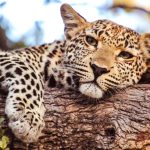
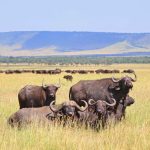

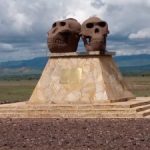
Lake Manyara National Park
What To Do in the conservation?
Crater and Nature Walk
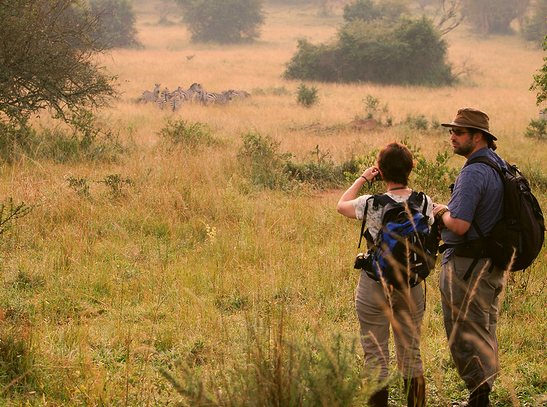
Game Drive

Birding
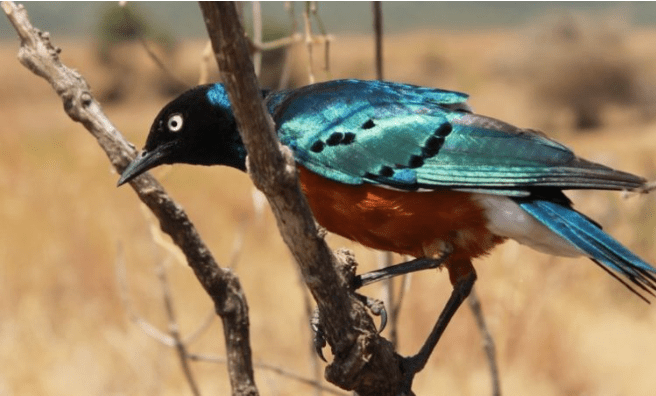
Cultural Tour
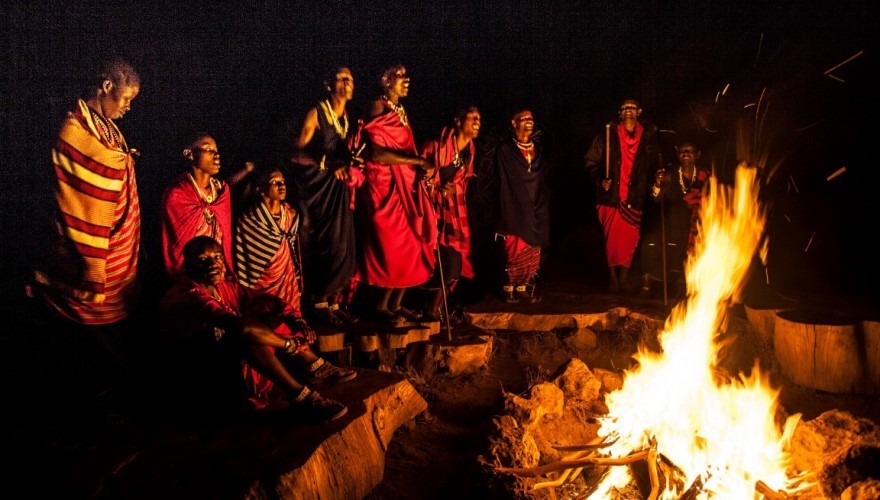
Hot Air Baloon
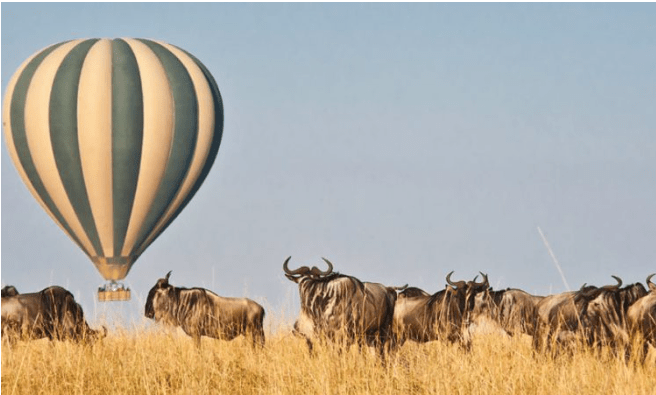
Visiting Olduvai Gorge
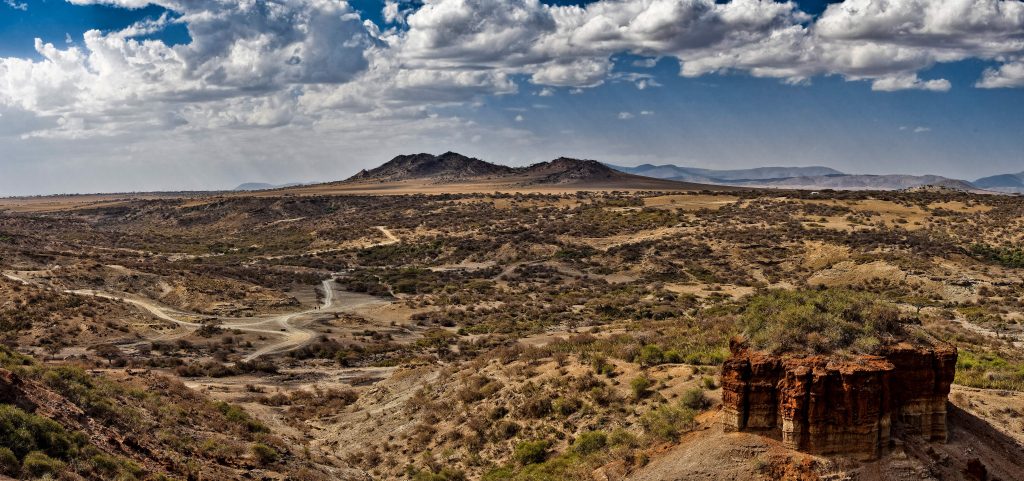
Olmoti Crater
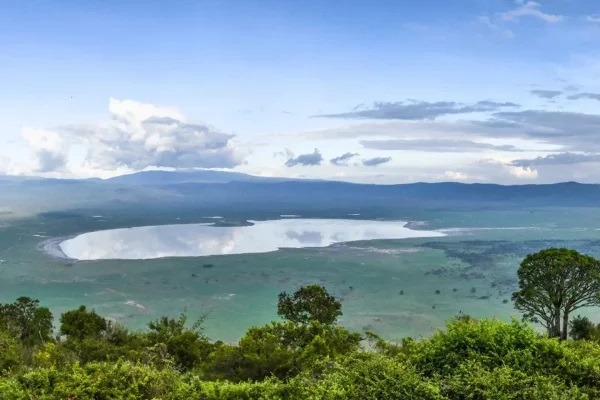
Lerai Fever Tree Forest

